More than a year after Katrina, the city makes a big push to win back visitors. On December 19, 2006, the historic olive-green streetcars of the St. Charles streetcar line resumed service on the Central Business District loop. Officials hope to have the streetcars running up the full St. Charles Avenue line by the end of 2007. Fares are $1.25, the same as before Katrina. In other transportation news, 29 public bus lines currently offer service around the city and Amtrak has resumed its routes between New Orleans and Memphis, Chicago, Atlanta, and New York. Louis Armstrong International Airport is operating with almost 40 percent fewer departures than before August 2005. (Photo: Jack Edwards, New Orleans CVB) On December 19, 2006, the historic olive-green streetcars of the St. Charles streetcar line resumed service on the Central Business District loop. Officials hope to have the streetcars running up the full St. Charles Avenue line by the end of 2007. Fares are $1.25, the same as before Katrina. In other transportation news, 29 public bus lines currently offer service around the city and Amtrak has resumed its routes between New Orleans and Memphis, Chicago, Atlanta, and New York. Louis Armstrong International Airport is operating with almost 40 percent fewer departures than before August 2005. (Photo: Jack Edwards, New Orleans CVB) Right now, nothing detracts from the city more than the state of neglect many of its poorer neighborhoods still languish in, 17 months after the storm. The signs of devastation are hard to miss, even if you drive straight from the airport to the French Quarter. However, since the hurricane, you, like countless other short-term visitors, can opt to take an active role in the recovery process by volunteering. The New Orleans Area Habitat for Humanity has organized construction projects throughout the region, including the Musicians' Village (pictured above), a new community of 70 single-family homes intended for displaced New Orleans musicians and other disadvantaged families. You can volunteer on such projects, even for a day, by registering on the organization's website. To find other volunteer opportunities in the area, visit VolunteerLouisiana.gov or the Mississippi Commission for Volunteer Service. (Photo: New Orleans Area Habitat for Humanity) One of the most eagerly anticipated hotel reopenings in the city, the Ritz-Carlton, New Orleans had its official ribbon-cutting ceremony on December 4, 2006, following a 15-month, $100 million renovation. A new signature restaurant, Club Level, and 8,000 extra square feet of meeting space are among the hotel's many new offerings. While the Ritz' spa will not open until March, a temporary on-site spa is now offering treatments to guests. The hotel is promoting numerous packages for stays this spring with rates starting at $209 per night—a discount of more than 50 percent off rack rates. Another long-awaited returnee, the Hyatt Regency New Orleans, is slated to open sometime this fall and is already taking reservations. Overall, the majority of downtown hotels are open, but the whole New Orleans metropolitan area is still about 9,000 hotel rooms short of its pre-Katrina levels. (Photo: Cheryl Gerber, The Ritz-Carlton Hotels of New Orleans) Editor's note: Associate Editor Molly Feltner has visited New Orleans numerous times in the past six years, with her most recent visit coinciding with the city's New Year's 2007 celebrations. Last week, the New Orleans Metropolitan Convention and Visitors Bureau announced a massive marketing campaign to address misperceptions about New Orleans and to win back the tourists. It's been more than a year since Katrina, but after so much was lost, is New Orleans ready for large-scale tourism? After visiting the city in early January and talking with tourism officials, locals, and other visitors, my answer is a strong "yes." The past few months have seen some notable business reopenings and other renovations are scheduled to be completed soon. Many more downtown area attractions, hotels, shops, and restaurants have been open for months. 2007 New Year's celebrations went off better than expected. Nevertheless, more visitors are needed for businesses to be viable in the long run. There are problems with visiting now, of course. Some business are still working out the kinks of renovation and other establishments are running reduced hours or services due to staff and/or patron shortages. These, however, are not reason enough to put off visiting; in fact, they may make visiting now more rewarding. It's rare to be able to visit a place while it's entirely regenerating and reinventing itself. Read more about the rejuvenation of New Orleans tourism and see more photos of improvements in this slideshow. Top: Past Mardi Gras celebration on Bourbon Street, New Orleans (Photo: www.NewOrleansOnline.com) Celebrity chef Emeril Lagasse reopened his star restaurant Delmonico on October 25, 2006, giving the 112-year-old Garden District establishment another chance to shine. Emeril's other two New Orleans restaurants, Emeril's in the Warehouse District and NOLA in the French Quarter, have been open since December 2005. Other icons of New Orleans' dining scene including Antoine's, Café du Monde, Galatoire's, and Commander's Palace are back too. However, 60 percent of the city's pre-Katrina restaurants have yet to resurface. One huge obstacle: Many restaurant workers lost their homes in the hurricane and affordable housing is scarce. (Photo: Emerils.com) Most important New Orleans attractions have reopened and the core neighborhoods that visitors frequent including the French Quarter, Faubourg Marigny, Warehouse Arts district, Garden District/Uptown, Audubon and University section, Carrollton and Riverbend, and Algiers, are, for the most part, back in business. Sadly, a handful of important sites run by the state, such as the Old U.S. Mint and The 1850 House, remain closed. (Photo: Carl Purcell, New Orleans CVB) After undergoing $185 million in repairs and upgrades, the Louisiana Superdome reopened on September 25, 2006, with a concert featuring U2, Green Day, and the Goo Goo Dolls, as well as a victory for the New Orleans Saints over the Atlanta Falcons. The Superdome sold out all Saints home games for the first time ever and on January 3, the Sugar Bowl returned to New Orleans and the Superdome after its temporary relocation to Atlanta last year. Next up, the Superdome hosts the Endymion Extravaganza Mardi Gras party for 14,000 attendees on February 17 ($150 per person). The annual New Orleans Home & Garden Show returns to the dome on March 29. (Photo: Louisiana Superdome ) Gospel singer Betty Winn sings in front of the Creole Queen, a paddlewheeler docked on the riverfront near Canal Street. The Creole Queen and her riverboat cousin, the Cajun Queen resumed operation just a few months after the hurricane and currently run jazz dinner cruises ($58 per person) along the Mississippi every Friday, Saturday, and Sunday. The Steamboat Natchez, which is operated by a different company, also has jazz dinner cruises Thursdays through Saturdays ($57) . The Port of New Orleans cruise terminal, located in front of the Convention Center, saw its first return visitor, the Delphin Renaissance, December 31, 2005. Since then, Carnival, Norwegian, and Royal Caribbean cruise lines have returned. The Majestic America Line (formerly Delta Queen Steamboat Company) is bringing the American Queen, the largest river cruise ship in the world, back to New Orleans on March 9 for the first time since the hurricane. (Photo: New Orleans Hospitality Companies) With a little more than a week to go before the start of Mardi Gras, many hotels are running 80 percent full for the busiest Mardi Gras days—a hopeful sign for the 2007 edition of one of the world's largest Carnival celebrations. About 60 parades have been scheduled to run over the next three weeks, culminating with the two biggest parades, Rex and Zulu, on Fat Tuesday itself. If you miss Mardi Gras, there are still plenty of other quintessential New Orleans events coming up: the New Orleans Jazz & Heritage Festival (April 27 to 29 and May 4 to 6), the French Quarter Festival (April 13 to 15), the New Orleans Wine & Food Experience (May 23 to 27), and Satchmo Summerfest (August 2 to 5). (Photo: Romney Caruso, New Orleans CVB) Some areas in Louisiana and Mississippi that did not suffer damage in Hurricane Katrina have nevertheless felt the pinch of fewer visitors because of incorrect perceptions about the extent of the storm's damage. For example, Oak Alley, one of the most impressive antebellum plantations on the Mississippi, sustained minimal storm damage due to its far inland location in Vacherie, Louisiana. Yet, the historic site has had to launch its own economic disaster fund because its average number of daily visitors has dropped by 87 percent since the storm, thus endangering its survival. To learn more about other destinations in the Gulf worth visiting, go to the Louisiana and Mississippi tourism websites. (Photo: Molly Feltner)
Image Gallery
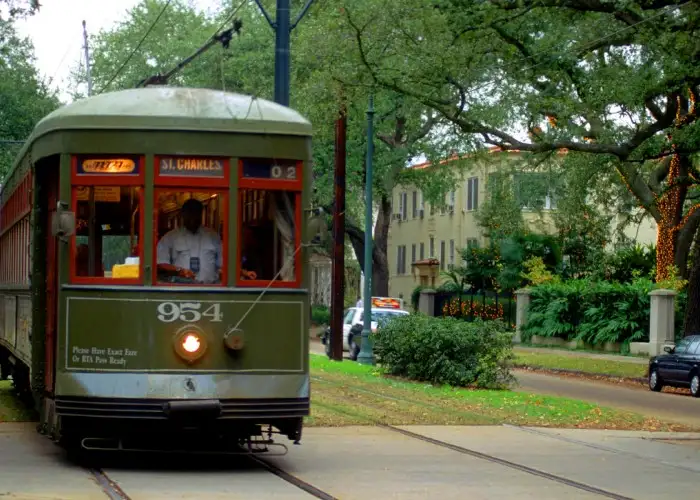
St Charles streetcar

St Charles streetcar
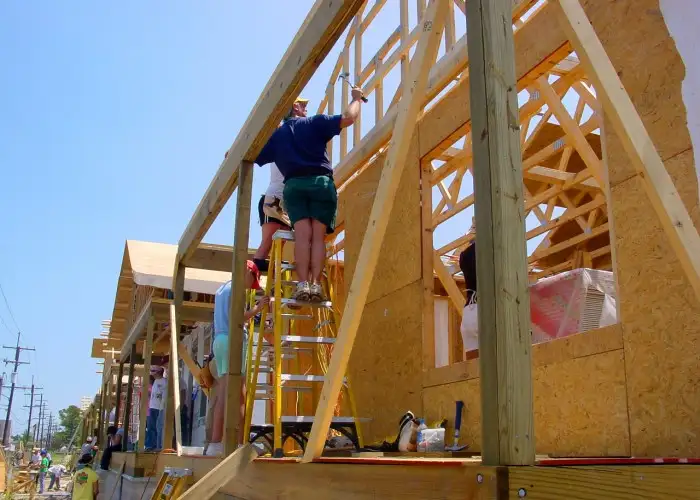
Katrina volunteers

Ritz-Carlton

Bourbon St. crowd
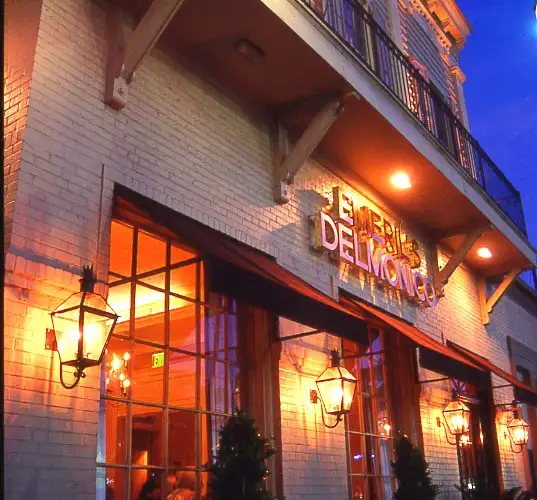
Emeril's Delmonico

St. Louis Cathedral
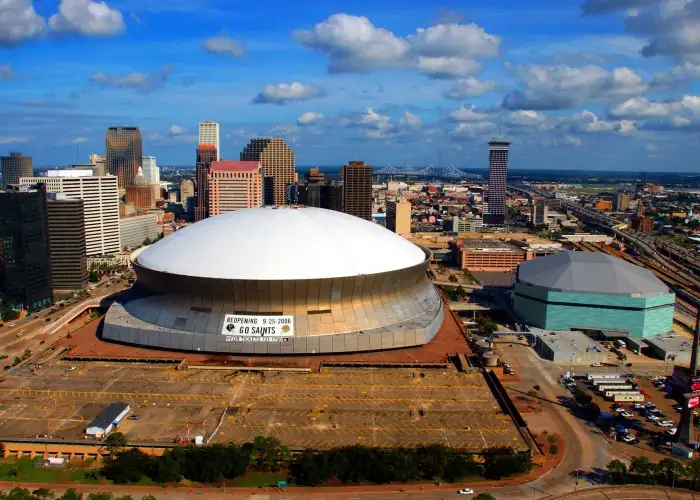
The Superdome
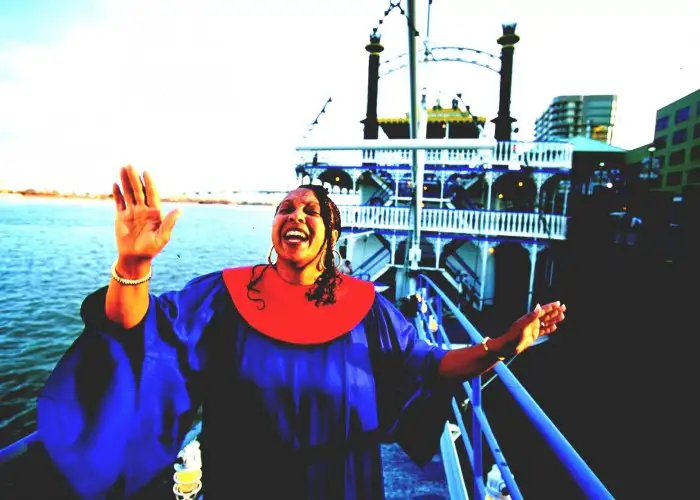
Gospel singer

Mardi Gras float

Oak Alley
We hand-pick everything we recommend and select items through testing and reviews. Some products are sent to us free of charge with no incentive to offer a favorable review. We offer our unbiased opinions and do not accept compensation to review products. All items are in stock and prices are accurate at the time of publication. If you buy something through our links, we may earn a commission.
Top Fares From
Today's Top Travel Deals
Brought to you by ShermansTravel
France: 8-Night Paris, Avignon & Nice...
Infinity Worldwide Vacations
 vacation
$2880+
vacation
$2880+
Poconos: 3 Nts in Garden of...
ResortsAndLodges.com
 hotel
$305+
hotel
$305+
7-Nt Canada & New England Cruise,...
Princess Cruises
 cruise
$839+
cruise
$839+




